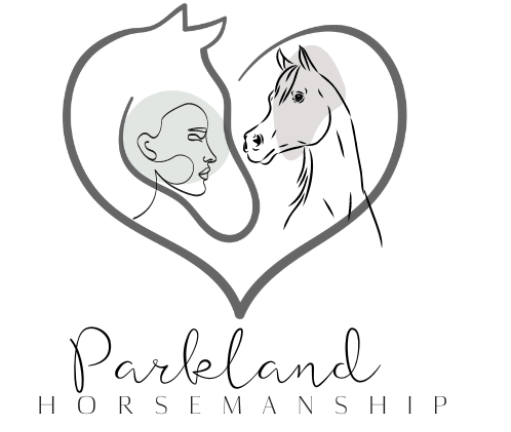Equine-Assisted Learning (EAL) is non-riding sessions designed to teach participants life and soft skills. These life skills can help in academic achievement and personal growth, as well as coping with the demands of everyday life.
Facilitators use horses in uniquely-designed learning exercises, observe horse behavior and translate that back to lessons on human behavior. This experiential approach to learning helps people understand and retain new skills and ideas.
1. Getting Started
EAL teaches individuals how to identify and reach their goals in life, whether it be personal or professional. This can be done individually or in groups. This non-mounted experiential approach uses the horse as an instrument of change.
Researchers at Tufts University published their findings of an EAL course for students in the school of veterinary medicine. The study found that the EAL helped students improve their stress management, communication and teamwork skills, as well as their equine handling abilities.
Jenna explains that the best way to get started with EAL is to have your participants wander around the barn and observe the horses. She takes the nameplates off the stall doors to prevent any associations, then encourages them to spend time with each horse observing how they move and what their safe zones are.
2. Safety
In order to facilitate Equine Assisted Learning one must have a specific set of skills. A primary focus is safety of the horse and human client. This is why large accrediting bodies of equine assisted therapies recommend and often require co-facilitation. This ensures that the human and animal’s needs are a priority, even during an emergency.
A recent study tracked how Equine Assisted Learning (EAL) impacts the wellbeing of youth that misuse volatile substances. Results indicated that EAL, with programming centered around educating participants about the horse, promoted emotional safety and learning for at-risk youth.
3. Communication
Many people don’t realize that 55 percent of communication is body language and 38 percent is tone, and only 7 percent is actual spoken word. By observing non-verbal communications through horses in uniquely designed activities, our horsemanship and facilitation team helps participants to learn more about their internal landscape and develop a deeper understanding of their emotional state as well as others around them.
The equine experience also highlights the need for clear and consistent leadership. Horses seek leaders to keep them safe and encourage a mindset of flexible problem solving. Horse + Bow’s team building workshops leverage these lessons, prompting reflections on collaboration in the workplace and developing more positive communication skills. The heightened awareness gained through Equine Assisted Learning promotes gratitude and compassion for self and others.
4. Self-Awareness
EAL is a learning and therapeutic approach that uses horses for educational, emotional and professional growth. It draws upon the fundamental principles of experiential or hands-on learning.
Horses are natural herd animals that have a keen ability to sense and respond to human emotions and intentions. They can help us understand our own leadership style, communication patterns and our ability to establish trust and respect – all essential qualities of effective leadership.
Interacting with horses also promotes mindfulness and can help to improve concentration. It can be a great way to learn how to focus and concentrate without the distraction of phones or other devices, which may be helpful for people with ADHD or those who have difficulty focusing in traditional classroom settings. It can also help increase self-awareness and develop empathy with others.
5. Confidence
Horses are highly sensitive creatures and are attuned to the energy in their environment. They provide a unique sense of safety, helping to build trust and confidence in participants. This newfound confidence is often transferred to other areas of life, such as work and personal relationships.
To test the impact of Equine Assisted Learning on students in a Doctor of Veterinary Medicine program, researchers at Tufts University used the Cummings School herd of teaching horses to develop an experiential course that focused on building teamwork and communication skills. In addition to safety discussions, exercises included haltering and leading a horse, selecting teams based on strengths, moving a horse through an obstacle course, and completing an activity designed to mirror real-life clinical settings. A pre- and post-program survey measured student learning, including improved verbal and nonverbal communication and resiliency.

